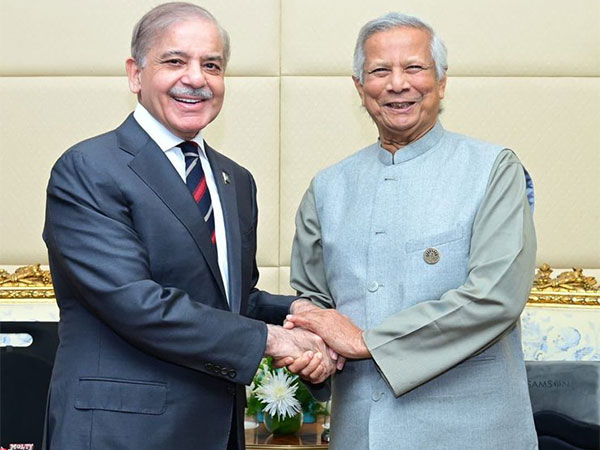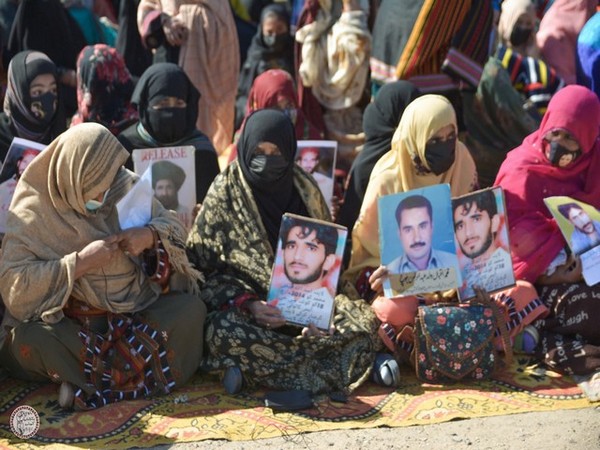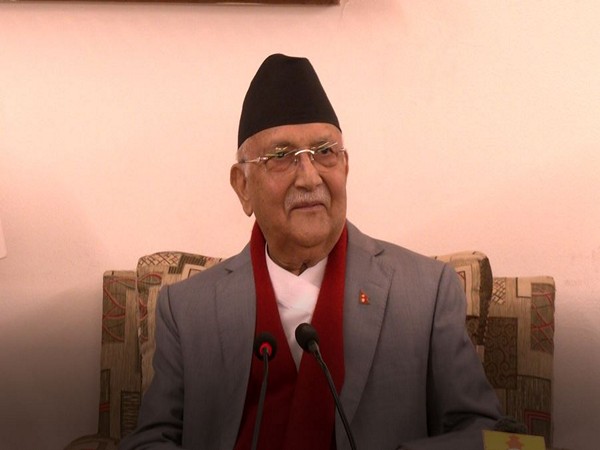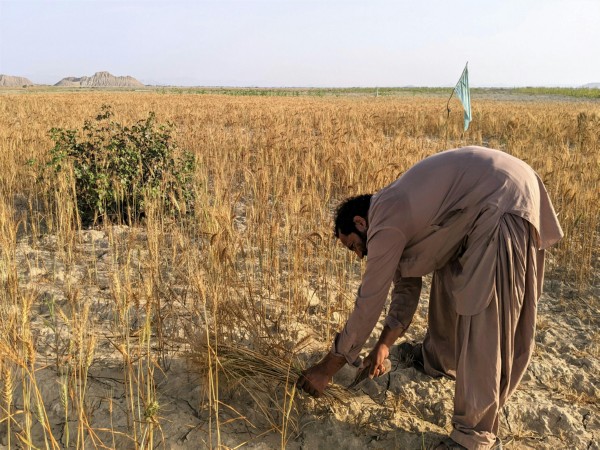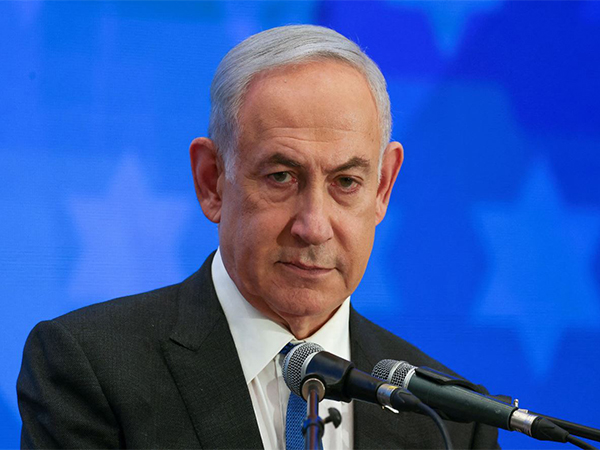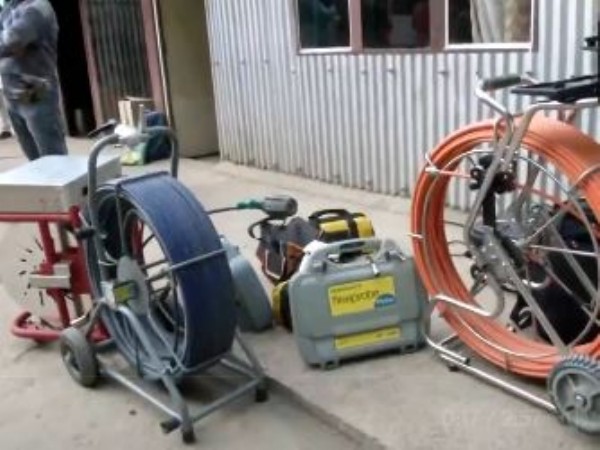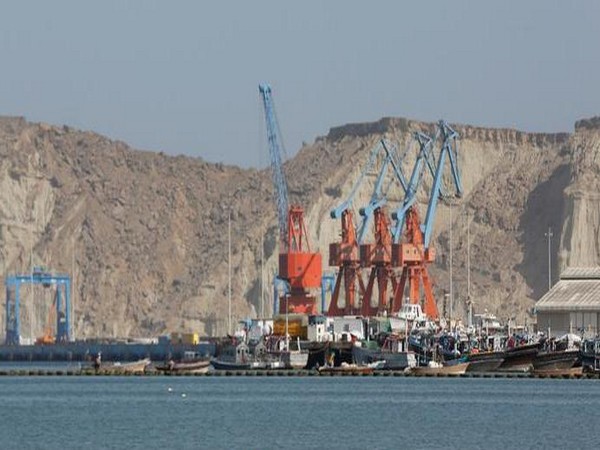
Boys sit on a piece of styrofoam sheet as they search for crabs in front of the Gwadar port, Pakistan April 11, 2017. REUTERS/Akhtar Soomro
Islamabad [Pakistan], February 19 (ANI): The ongoing financial crisis in Pakistan and the economic slowdown in China appear to have had bearing on the progress of the China-Pakistan Economic Corridor (CPEC) programme, reported Islam Khabar.
The CPEC project that was commenced a decade ago was held as a harbinger of prosperity for Pakistan. However, seven years later, many projects under the CPEC still remain non-starters while some of those being operational have become liabilities and are incurring losses.
Not just it is causing delays but has made the megaproject struggle for funds, reported Islam Khabar.
Moreover, Beijing’s refusal to release the promised funds has affected the CPEC project implementation and at the same time, cash-strapped Pakistan is being compelled to repay Chinese loans procured so far.
CPEC was launched in 2013 and most of the conditions in the agreement remain vague or hidden from general public knowledge. Barring a few power projects, the major CPEC projects remained on paper till 2020 when the much-touted infrastructure programmes saw cost escalation to around USD 62-65 billion.
Now, it is said the cost has increased further, thanks to the increase in the capital cost of the different projects under the CPEC. The recent developments suggest Beijing is losing interest and confidence in the CPEC, reported Islam Khabar. This is going to be difficult for the Islamabad government as the CPEC would remain incomplete, become a huge liability, and send Pakistan into a debt trap.
Implementation of an important CPEC project, the Mainline1 (ML-I)-railway line between Karachi and Peshawar–has been asked to be shelved by the Chinese government over feasibility issues. After China’s backout, Pakistan has decided to build it on its own since the 1,871-km ML-I is one of the major four railway lines in Pakistan, reported Islam Khabar.
However, the Islamabad government now will have to shell out a whopping USD 11-12 billion for the project. It was earlier pegged at USD 6.8 billion. “If we don’t start the ML-I project immediately, the mainline of Pakistan Railways will likely collapse within one year,” said Ahsan Iqbal, Pakistan’s Minister for Planning and Development.
Similarly, another crucial project, the Karachi Circular Railway (KCR) also has been dropped off the list of CPEC projects. And Pakistan does not have the funds to construct it, reported Islam Khabar. Pakistan Railways Minister Khawaja Saad Rafique said the project was not “doable” after China backed off. “Looking at our circumstances, I don’t see the KCR happening, really,” he said.
Moreover, China’s economic situation in 2022 has been the worst in the past five decades as the GDP growth remained below 3 per cent. Even though China may see economic recovery in 2023, it may not be able to extend financial support to Pakistan.
The progress of the CPEC projects getting slower as the financial support from China is shrinking. Meanwhile, Pakistan is facing a double whammy of reduction in Chinese funds and inability to get new infra loans due to economic slowdown. At the same time, it is bound by repaying Chinese loans that account for 30 per cent of its total external debt. (ANI)
China to become Afghanistan’s second-largest trade partner in 2023
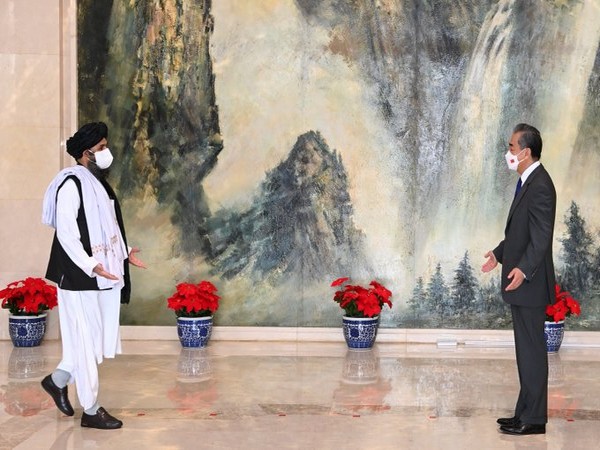
Beijing [China], February 20 (ANI): China’s trade with Afghanistan has been growing fast and it may become the second-largest trading nation with Afghanistan in 2023 after Pakistan, a situation that bodes well for the continuation of the CPEC part of the Belt & Road Initiative into Afghanistan, as per Silk Road Briefing (SRB). Silk Road Briefing provides global and regional intelligence to assist and monitor infrastructure, geopolitical, and structural developments, along with foreign investment opportunities along China’s Belt and Road Initiative.
According to China customs data, in December 2022, China imported goods worth USD 9.09 million from Afghanistan and exported goods worth USD 59 million, resulting in a positive trade balance for China of USD 49.9 million, the SRB reported. If these figures are projected as the 2023 average, then this would result in a bilateral trade figure of USD 816 million. Pakistan, currently the largest Afghani trade partner, achieved bilateral trade of USD 1.513 billion in 2022, according to the State Bank of Pakistan, as per the report by the SRB.
India, which has been in second place, had bilateral trade with Afghanistan of USD 545 million last year, according to the Indian Ministry of Commerce. As per a report by the Silk Road Briefing, between December 2021 and December 2022, Chinese exports increased by 56.4 per cent but imports slightly decreased by less than 1 per cent. In December 2022 the top exports from Afghanistan to China were nuts, animal hair, semi-precious stones, dried fruits, and vegetable products. In December 2022, the top exports of China to Afghanistan were synthetic filaments, yarn-woven fabrics, rubber tires, other synthetic fabrics, semiconductors, and unknown commodities.
Issues with the redevelopment of Afghanistan remain significant. There is little accurate data or records keeping, and a dearth of pertinent equipment and training for Afghanistan to adequately manage regional trade with its neighbours, although China, Pakistan and India do possess – for them – adequate monitoring and analytical infrastructure. However, this seems not to be the case with Afghanistan’s trade with neighbouring Iran, Turkmenistan, Uzbekistan, and Tajikistan, where statistics appear almost impossible to obtain. A large part of Afghanistan’s redevelopment should be the border and border control, customs and national infrastructure required to ensure tariffs on transit and imported and exported goods can be effectively managed.
The other issue remains that Afghanistan, with a population of 40 million and one of the largest in Central Asia, remains an agricultural player, as seen from its exports. The proposed extension of CPEC into Afghanistan would help to industrialise the nation – providing countries like Russia Iran and Turkmenistan can be allowed to install and develop Afghani energy fields to get the Afghanistan energy reserves to where they are most needed. China’s developing basic trade example is almost a parable for the regional proverb ‘From Apricot stones grow larger trees’. (ANI)








